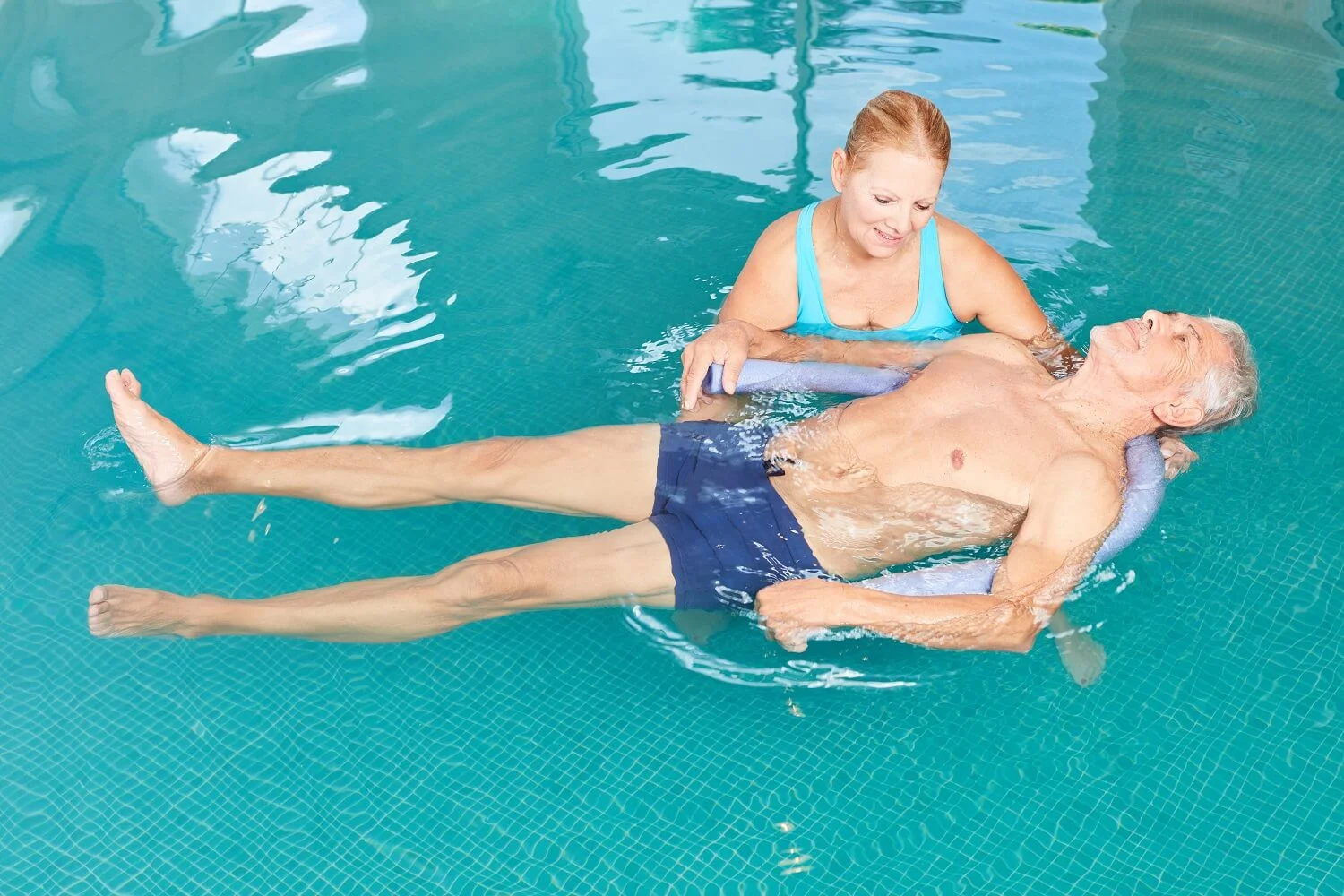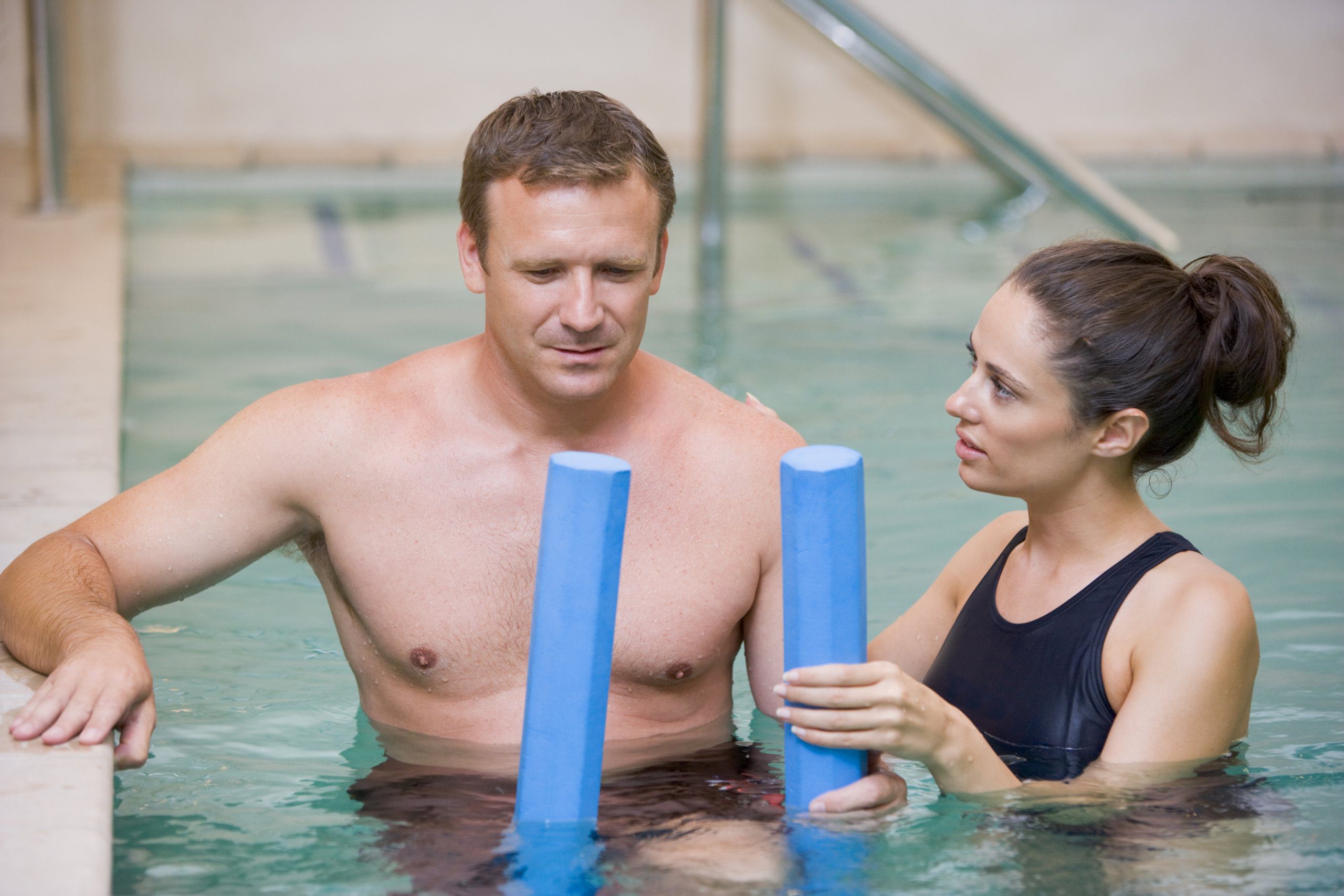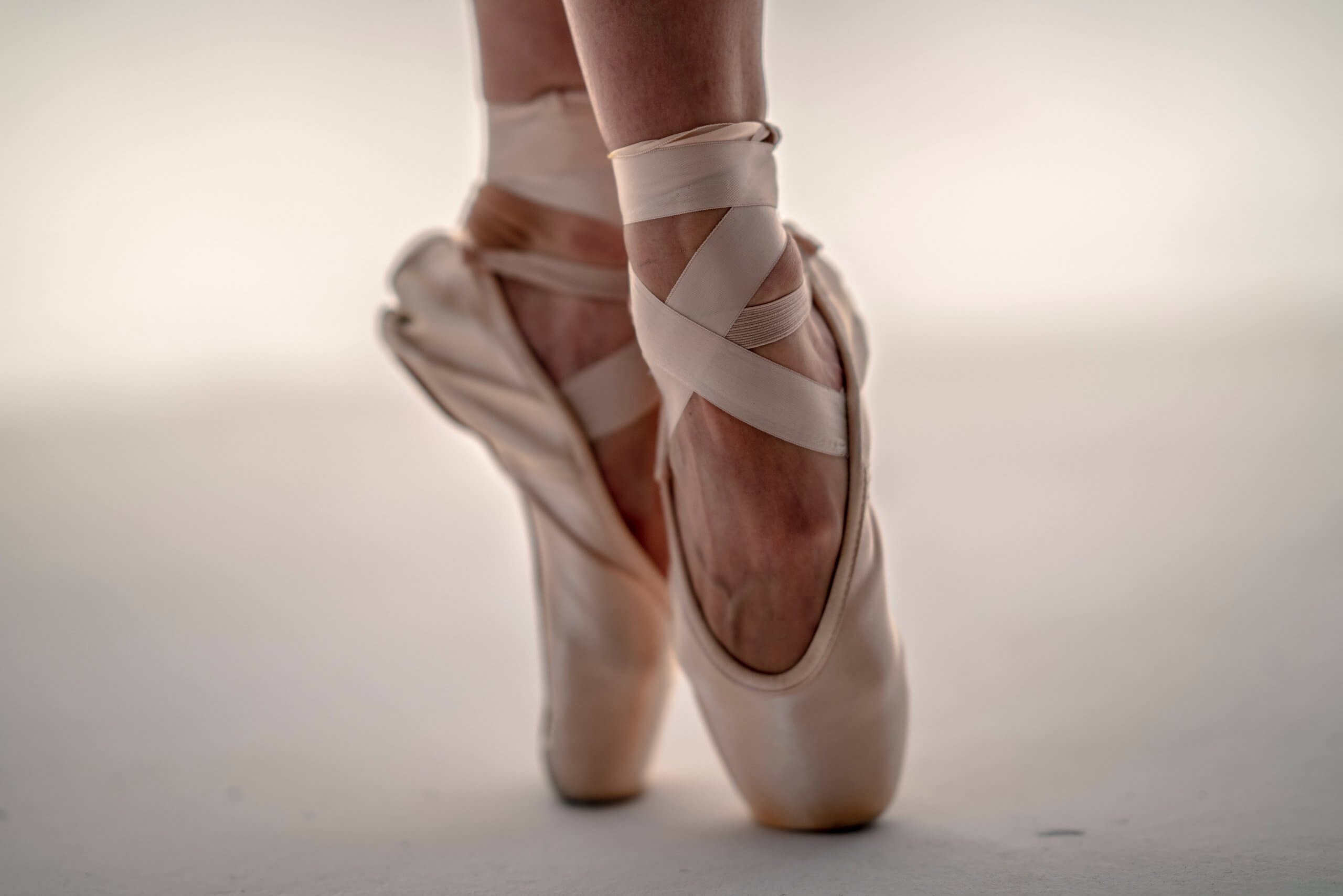Areas of the body to target
Compound strength movements like deadlifts, squats and lunges. These exercises help to strengthen the core and lower limb, which is great for snowboarding as it requires shifting weight between the toe and heel sides.
Core training in isolation, which can be done as a circuit after a workout session.
Endurance training, e.g. exercises involving high reps and low weight.
Explosivity if you want to attempt jumps. Try performing exercises like box squats and squat jumps.
Lumbar and hamstring mobility is important to improve control and ease of movement through the hips and pelvis.
Lateral stability, especially for skiers as you have to shift your weight laterally when you ski. Think exercises like Bulgarian split squats and lunges.
Upper body strength shouldn’t be neglected. This is needed for pushing yourself up from the snow and controlling movement to help with weight shifting.
Tactical and Locomotive Decision making – solving problems on the move, for example trail running, mountain biking on varied terrain/ surfaces
There are many ways to train your body to meet the demands of snow sport and many different exercises you can add to your routine. Rather than give you a generic “one-month training program” here, it is best to consult an experienced physiotherapist to build an exercise program that is tailored to your specific needs and body.
Ski fitness physiotherapy
Prepare to ski at Sports Focus Physiotherapy. Our ski fitness physiotherapists are trained and experienced in addressing exercise prescription and structural limitations.
If you are interested in preventing injury and improving your ski skills so you can make the most of your snow trip, book online for an assessment. We would love to help you achieve your skiing goals.



